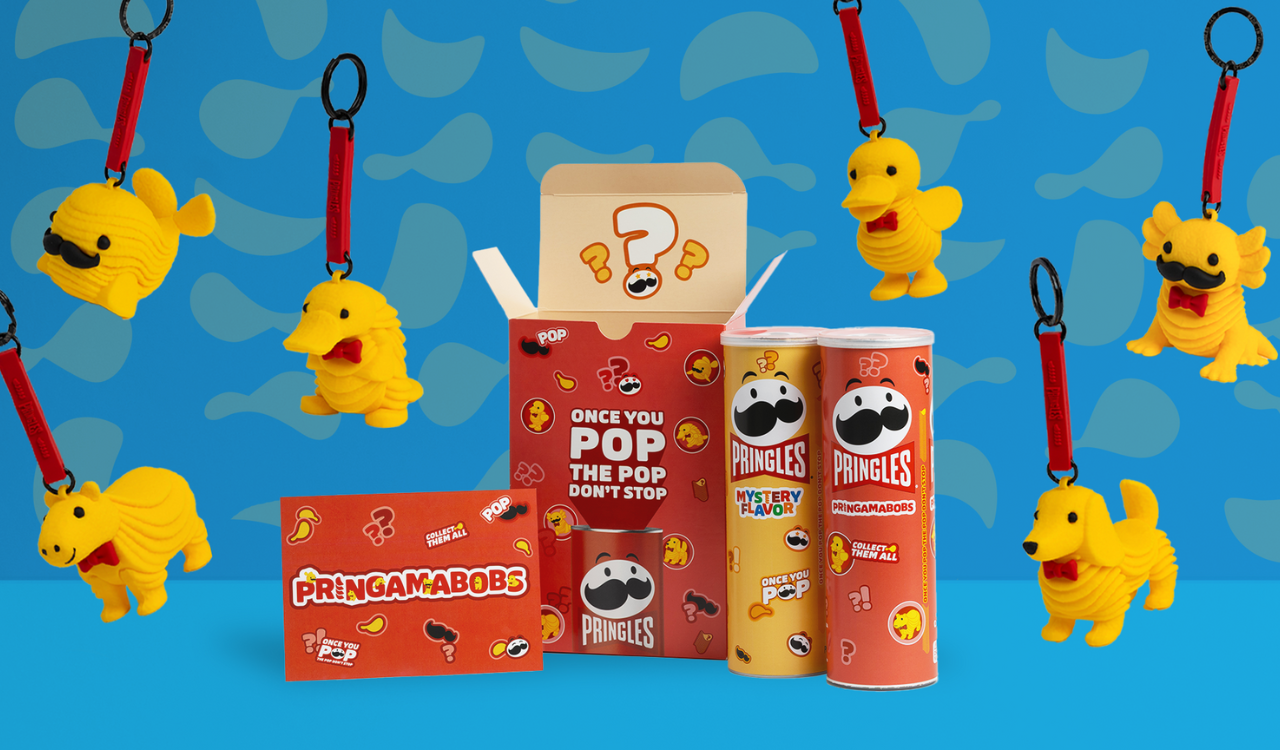Anyone who visited L.L. Bean’s Instagram page in May was met with an unexpected message: “Off The Grid.” Spoiler alert. This wasn’t a technical glitch but a call to unplug. In recognition of Mental Health Awareness Month, the family-owned U.S. brand made a simple yet powerful decision to pause all social media activity for the entire month. In their own words: “We’re taking a break from social media to spend more time outside.”
Retailers have to take tangible metrics like productivity seriously as a red flag on employee wellbeing. Think about it: Can a disengaged retail worker in a luxury store truly deliver exceptional customer service? Can a disconnected employee at a trendy boutique contribute to a positive customer experience?
Next Gen Mental Health
Mental health is top of mind, especially among younger generations. According to Deloitte’s 2025 Gen Z and Millennial Survey, Gen Z ranked the mental health of their generation as one of their top societal concerns, second only to the cost of living, and ahead of environmental protection.
While brands like L.L. Bean are helping to destigmatize mental health, others have made it a central part of their engagement strategy to build a strong sense of community among Gen Zers. Maybelline’s Brave Together is a global program that offers support tools for those experiencing anxiety and depression. Their practical efforts include partnering with NGOs to provide a free mental health helpline. Brands like Madhappy have even made mental wellbeing integral to their identity as, “a clothing brand for a community of optimists.” Skepticism aside, that’s promising a lot.
Workplace Wellbeing
As brands become more serious about addressing mental health, there’s also a growing need to refocus on their most valuable asset: the employee.
For starters, the share of entry-level workers who said they feel positive about their employers’ business prospects fell to 43.4 percent in May, the lowest level since Glassdoor, a workplace review platform, began tracking it in 2016. Add to that, overall employee confidence is also at a record low.
According to Gallup’s latest State of the Global Workplace report, global employee engagement and wellbeing declined in 2024. McKinsey & Co. reports that quiet quitters make up between one-fifth and two-fifths of an organization’s workforce.
Employers have to take tangible metrics like productivity seriously as a red flag on employee wellbeing. Think about it: Can a disengaged retail worker in a luxury store truly deliver exceptional customer service? Can a disconnected employee at a trendy boutique contribute to a positive customer experience? It’s a wake-up call, especially considering that 78 percent of customers say a single negative interaction with a sales advisor can lead them to abandon a purchase.
According to Mind Share Partners’ 2025 Mental Health at Work Report, frontline workers in the U.S. are experiencing higher levels of burnout. In the retail sector, employees face pressure from a range of job-related challenges, from demanding customers and inflexible schedules to low pay. Industry-specific issues, such as concerns about physical security, often go unreported in employee surveys and these stressors are having a clear impact on retention. A McKinsey & Co. study found that 34 percent of frontline retail workers in the U.S. cited health and wellbeing as their primary reason for considering leaving their current job, compared to 38 percent who cited pay.
Talent Drain
Retaining retail talent is no longer just an HR concern; it’s a business imperative. A CXG study revealed that 51 percent of retail employees in the luxury sector are considering quitting. That pales in comparison to management headcount reductions. Without engaged, enthusiastic talent, in-store retail is at risk.
McKinsey & Co. data shows that, as of 2023, 72 percent of U.S. retail employees who left their jobs in the past three years have exited the industry entirely. This ongoing talent exodus has created a significant gap, making it increasingly difficult for retailers to attract talent from an ever-shrinking pool. Then there’s the issue of how a retailer ensures legacy knowledge with such a high turnover. Where are the emerging leaders needed to run the retail operation in the future? And how does a brand nurture authentic customer relations without a committed workforce?
Delivering Mental Health Support
Many brands are demonstrating their commitment to employee wellbeing. Policies on the life-work balance and flexible working agreements are increasingly becoming the norm. But is there a perception gap? According to Gallup, only 39 percent of employees in the U.S. strongly feel that someone at work cares about them—a decline from 47 percent in 2020.
This raises an important question: How can company executives meet all employees’ growing expectations around wellbeing? In a changing workplace environment, employees are increasingly seeking and demanding support mechanisms within their organizations. AXA’s 2025 Mind Health Report found that 52 percent of respondents want their company to implement mental health support.
Brands are responding. Nearly 85 percent of large U.S. employers now offer workplace wellness programs. Walmart, for example, partners with Lyra to provide up to 20 therapy or mental health coaching sessions per person, including for family members, at no cost. Some initiatives are tailored to the unique needs of specific sectors. Head Up, a global program created by L’Oréal Professionnel Paris, offers hairstylists free mental health resources.
Great Place to Work
Despite increased corporate spending on wellbeing, there are growing concerns that such programs are not delivering meaningful outcomes. According to research reported in Harvard Business Review, “anticipated improvements in wellbeing are not being realized” which is in part explained “by a focus on the individual employee rather than the systems that affect them.”
This doesn’t mean companies should abandon these initiatives. Instead, they should rethink holistically how organizational culture can foster a positive working environment at every level. It’s no secret that culture isn’t just about “how we do things around here” but a source of competitive advantage. Ultimately, it’s about being a great place to work.
Inspiration can be drawn from the Hilton organization. Named the No. 1 Best Company to Work for in the U.S. for the second consecutive year, Hilton exemplifies a people-first culture “designed to support inclusion, wellness, growth, and purpose for its team members around the world.”
A Holistic Approach
Mental health in the workplace is complex, with no easy answers. Employees today face new and unpredictable pressures, from increasing economic uncertainty to the rapid rise of new technologies (AI being the latest perceived threat).
Executives must do more than address work-related challenges; they must make a healthy workplace culture a strategic priority by taking a holistic view of all the elements that feed into the organizational ecosystem. There are no shortcuts. “Carewashing” or “wellbeing-washing” could easily become the next “greenwashing,” and current and prospective employees will see right through it.
Investing in employee mental health is ultimately an investment in people. Brands must recognize that wellbeing is a win-win. A healthier workforce strengthens both the brand and the business.





